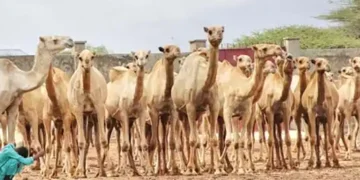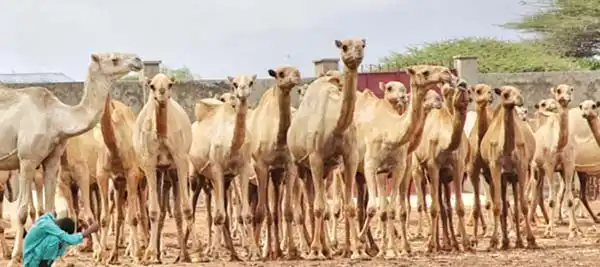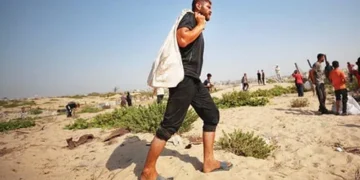THE camel now finds itself at the center of an agricultural revolution that could redefine Somali farming. At the Beder Camel Farm, one of a new generation of camel dairies springing up around Mogadishu, workers can be seen milking the animals and collecting the frothy yield in sanitized containers. Demand for camel milk is growing, buoyed by a wave of local entrepreneurs who see untapped potential in a traditional resource. Somalia is home to over 7 million camels — more than any other country on Earth — but only a fraction of that milk has ever reached urban grocery shelves, according to industry estimates.
At the heart of the shift toward a modern approach to camel milk production is Dr. Abdirisak Mire Hashi, a veterinarian and the farm’s manager. For Hashi, it’s not only about profit — it’s about preserving heritage while embracing progress. “Somalis take pride in their heritage of raising camels. However, the way camels are raised has changed significantly over time,” Hashi told The Associated Press as he inspected a milking herd.
Each camel at Beder now produces up to 10 litres (2.6 gallons) of milk daily — double of what traditional herders typically yield. The increase is attributed to new investments in veterinary care, better feed, and modern milking practices. The camels are routinely checked by vets, given nutritional supplements, and grazed on scientifically blended fodder, a far cry from the roaming nomadic herds of decades gone by. The farm’s biggest leap may be its yogurt factory — the first in Somalia dedicated to processing camel milk into yogurt.
































